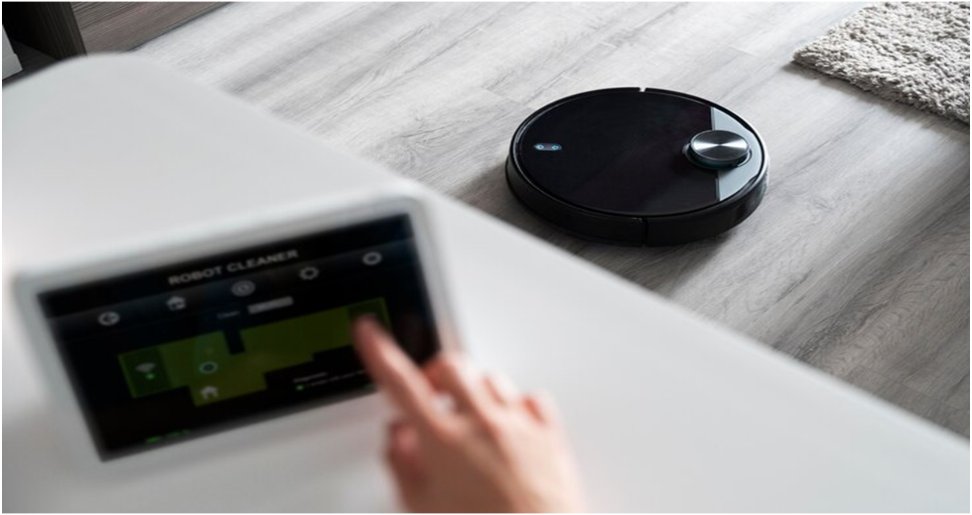Security cameras are essential tools for safeguarding your home and ensuring peace of mind. Proper installation and maintenance are crucial to maximize their effectiveness and longevity. Here’s a comprehensive guide on how to safely install and maintain security cameras at home, focusing on home electrical repair and security camera system installation.
Understanding Your Security Needs
Before diving into installation, assess your security requirements. Identify key areas where cameras are needed, such as entry points, garages, and blind spots. Determine whether you need indoor or outdoor cameras and consider features like night vision and motion detection based on your home’s layout and surroundings.
Choosing the Right Security Cameras
Selecting the right cameras is pivotal. Opt for high-resolution cameras that provide clear images and video footage. Consider weather-resistant models for outdoor use to withstand varying weather conditions. Wireless options offer flexibility in installation, while wired systems ensure continuous power supply, requiring expertise in home electrical repair for proper installation.
Planning Your Installation
Planning ensures efficient installation and optimal camera placement. Create a map of your property, marking preferred camera locations and ensuring they cover critical areas without obstruction. Determine the best angles for maximum coverage and test camera placement before final installation.
Mounting the Cameras
Choose secure mounting locations ensuring cameras are out of reach from potential tampering. Use the appropriate screws and anchors for your wall type, ensuring a stable installation. Position cameras at a height that provides a clear view while remaining inconspicuous.
Connecting Power and Wiring
For wired cameras, carefully run cables from the cameras to your designated recording device or monitor. Use cable clips to secure wires along walls or eaves, preventing exposure to harsh weather. Ensure all connections are secure and use a voltage tester to verify power supply before finalizing installation.
Installing Indoor Security Cameras
Indoor cameras are integral for monitoring activity within your home, providing an added layer of security and peace of mind.
Choosing Strategic Locations
Place indoor cameras in areas with high traffic or valuable belongings, such as living rooms, hallways, or home offices. Ensure cameras are discreetly positioned to respect privacy while effectively monitoring activity.
Power Options
Wireless indoor cameras offer flexibility in placement but require periodic battery changes or recharging. Wired options provide continuous power but require home electrical repair knowledge for safe installation near outlets.
Setting Up Monitoring and Recording
Once security camera system installation completed, configure monitoring and recording systems for seamless operation and effective surveillance.
Connecting to a Network
Connect cameras to your home Wi-Fi network or use a dedicated monitoring system for wired setups. Follow manufacturer instructions for syncing cameras with monitoring devices or mobile apps for remote access.
Testing and Adjusting Settings
Perform thorough testing to ensure cameras capture clear images and videos. Adjust camera settings such as motion sensitivity and recording duration to optimize performance and minimize false alerts.
Maintaining Your Security Cameras
Regular maintenance enhances camera performance and prolongs their lifespan, ensuring continuous protection for your home.
Cleaning and Inspecting Cameras
Periodically clean camera lenses to remove dust, dirt, or debris that may affect image quality. Inspect cables and connections for signs of wear or damage, addressing any issues promptly to prevent disruptions in surveillance.
Conclusion
Installing and maintaining security cameras requires careful planning, technical expertise, and attention to detail. By understanding your security needs, choosing the right equipment, and following proper installation procedures, you can create a secure environment for your family and property. Regular maintenance and troubleshooting ensure your security system operates efficiently, providing reliable protection against potential threats.
Must Read :

